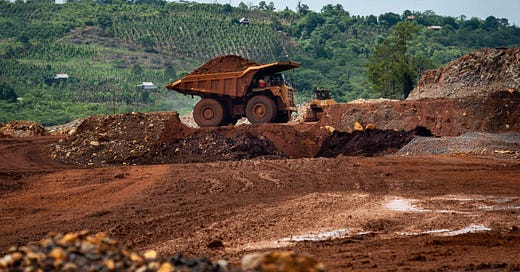
Belt and Road Initiative in Indonesia: Green Headache
With development come social and environmental problems
By: Muhammad Zulfikar Rakhmat and Yeta Purnama
Indonesia, the third-biggest recipient of largesse from China’s trillion-dollar Belt and Road Initiative since 2013, has become a major beneficiary in a belief in Beijing that the country can be China’s gateway to the Indo-Pacific to significantly challenge US leadership.
But while the BRI is expected to bring many benefits to Indonesia, it has also brought concerns over issues such as corruption (see related story: Graft Probe finds Flaws in China’s Financial Institutions), debt traps, and project sustainability - a continuing focus of policymakers and other critics. Indonesia leads all BRI infrastructure project descriptions that reference underperformance vis-à-vis original objectives, according to a report by AidData, a US-based research institute. The report also ranks Indonesia at the top of the “problem projects” list. It found 196 problem projects were “disproportionately located in three countries: Indonesia, Papua New Guinea, and Belarus.”
But less discussed are the potential negative environmental implications and social problems brought along with the BRI investments. AidData found environmental and social problems in six projects worth US$4.65 billion (Rp66.074 trillion). Massive land clearing in debt-financed ventures has triggered floods and threatened the lives of endangered animals.
The energy developments are coal-fired, which runs directly counter to Indonesia’s stated aim as leader of the G20 Nations, which it assumed on December 1. Indonesia’s Minister of Energy and Mineral Resources Arifin Tasrif launched what was termed the G20 Energy Transition Forum to “accelerate the energy transition process” away from fossil fuels. The massive commitment of the Indonesian government, much of it in the China-brokered projects, makes it problematic whether President Joko Widodo’s government can meet those commitments on its country’s own soil…



